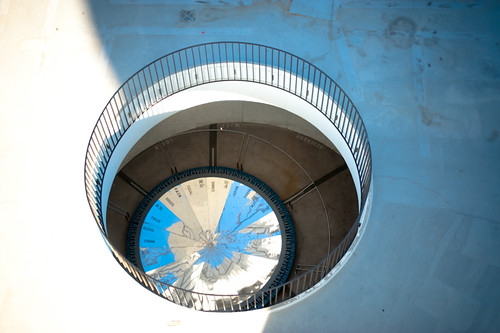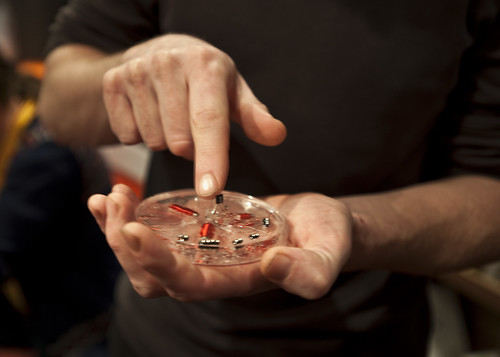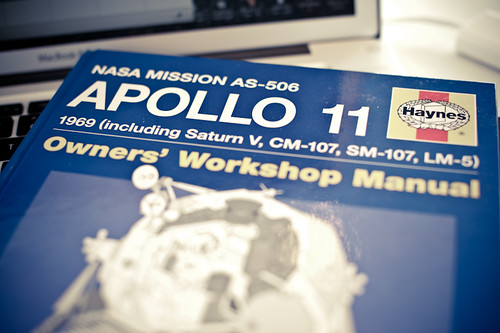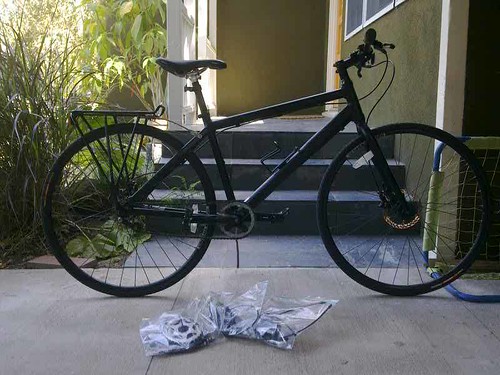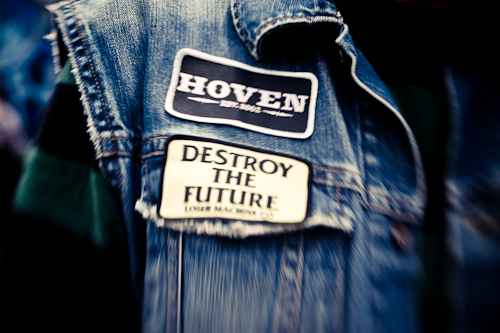The Innovation Center for Young Minds as an enviable-sounding studio for Fall 2010:
In “Design Fiction Studio,” we will focus on experimental ways to combine science fiction story telling with new forms of media production. The students will be asked to write a short science-fiction story and expected to illustrate it in an experimental book. We will explore ways to combine alternative materials –such as very basic electronic elements, conductive inks, phase- and color-changing materials– with new kinds of fabrication and production techniques to learn both about the materials and the way they can be used in different kinds of fictional products.
Topics to be covered:
– Basic science fiction writing skills to develop a short story or concept that will address a problem we may have in the near future.
– Experiment with new kinds of smart materials, design and interaction techniques to build an interactive book to illustrate the story.
– Discuss how writing fiction and building fictional objects can contribute to our thinking and allow us to bring into attention problems before they may even emerge.
Why do I blog this?Curious to see the ways science-fiction is used in design to think, write and make speculative new stuff. And I’m looking for good examples of design-fiction beyond the theory and principles behind it. Also — this is one of the first times I’ve seen the design-fiction stuff connected so directly to science-fiction writing — I mean, besides those folks who are already science-fiction writers. The idea that basic science fiction writing skills are taught as well as the gooey, arduino-y making-of-things.
Continue reading Design Fiction Studio for Young Minds
